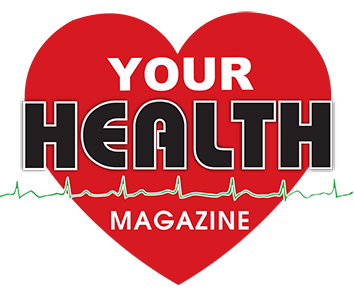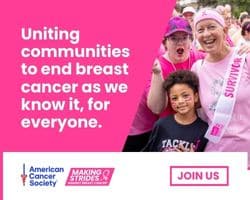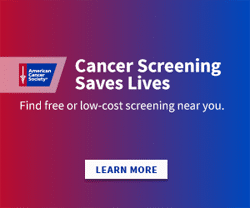
Johns Hopkins Community Physicians - Heart Care
8630 Fenton Street
Suite #1105
Silver Spring, MD 20910

More Heart Disease, Stroke and Diabetes Articles
Cardiovascular Disease The #1 Cause Of Death
Cardiovascular Disease (CVD) is the number one cause of death in the United States, accounting for 30% of all deaths. CVD includes heart disease, congestive heart failure, abnormal heart rhythms, stroke and high blood pressure. Not only a killer, CVD is also a leading cause of disability and incapacity. Many ignore the common early warning signs of CVD. It is vital for patients to recognize these signs and promptly seek medical care.
Heart Attack
Caused by blockages in heart arteries, the most common symptom is discomfort in the chest. This can be a burning, aching, or even a fullness. The discomfort can be in the arms or jaw. Women commonly only have shortness of breath or back pain as symptoms. Diabetic patients often do not have chest discomfort, only shortness of breath.
Congestive Heart Failure
Usually caused by weakness of the heart muscle, symptoms include shortness of breath, swelling of the legs and difficulty sleeping.
Atrial Fibrillation
This is the most common abnormal heart rhythm. Symptoms include palpitations, a skipping sensation in the chest, shortness of breath when walking and generalized fatigue. Atrial fibrillation can lead to stroke so it is vital to recognize.
Stroke
The three main causes of stroke are poorly controlled high blood pressure, blockages in carotid arteries and atrial fibrillation. Typical symptoms of stroke include difficulty speaking, drooping of one side of the face or an inability to move an arm or leg.
High Blood Pressure
One in three American adults have high blood pressure. It is most commonly discovered by a routine doctor visit. High blood pressure is called the “Silent Killer” due to lack of symptoms. When very severe, high blood pressure can cause headache. Poorly controlled high blood pressure leads to heart disease, stroke and kidney disease.
The good news is that physicians have excellent treatments for CVD. These treatments have dramatically improved not only survival but also quality of life. One key is for patients to recognize the above early symptoms of CVD and immediately seek medical care.
Another key is for asymptomatic patients to proactively work with their healthcare team to see if they are at risk for CVD. Regular visits to a primary care physician and appropriate referral to a cardiovascular specialist will help prevent CVD and its consequences.
Other Articles You May Find of Interest...
- Gaining Personal Confidence and Function after Stroke Rehabilitation
- Understanding Gender Differences: Heart Attacks In Women
- Diabetic Foot Care For Summer
- Take care of heart health after 40s
- Causes and Treatments For Hypertension and Heart Attacks
- Heart Health at Your Fingertips: The Revolution of Remote Cardiac Monitoring
- Your Heart’s Best Support This Year! The 9 Pillars To Prevent Heart Disease

















